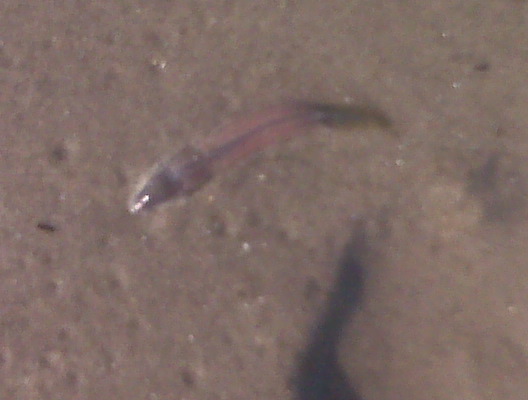The other day I was at sandy hook and an old italian guy was coming off the beach with a pitchfork and a bucket. There was an article in NJ Angler about marine worms. I read that, but hav never went out for them. So can you get worthwhile ones around here, and how do you guys fish them?



 Reply With Quote
Reply With Quote


 No sense in sleeping on the couch for a week if you can avoid it.
No sense in sleeping on the couch for a week if you can avoid it.


 learned that the hard way
learned that the hard way




 roposed Technology
roposed Technology 






